Equipment Articles
Equipment Trouble Shooting (Foam)
 This article features a selection of common foam equipment related problems along with the cause and solution. Make sure your equipment is operating correctly and you are getting the best quality and yield from your foam.
This article features a selection of common foam equipment related problems along with the cause and solution. Make sure your equipment is operating correctly and you are getting the best quality and yield from your foam.
Equipment Trouble Shooting (Coatings)
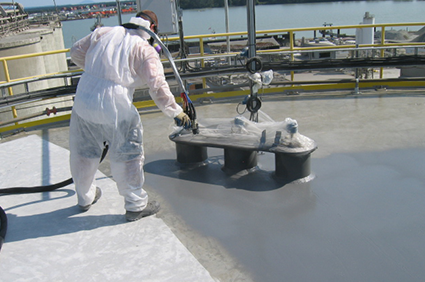 This article features a selection of common coating equipment related problems along with the cause and solution. Make sure your equipment is operating correctly and you are getting the best quality coatings.
This article features a selection of common coating equipment related problems along with the cause and solution. Make sure your equipment is operating correctly and you are getting the best quality coatings.
Flushing a High Pressure Machine
 This article is designed to give an overview of how to flush your high pressure equipment of polyurethane foam or polyurea/polyurethane coatings as part of a regular maintenance schedule or prior to storage of the spray equipment. We recommend all applicators follow this procedure every 6 to 12 months.
This article is designed to give an overview of how to flush your high pressure equipment of polyurethane foam or polyurea/polyurethane coatings as part of a regular maintenance schedule or prior to storage of the spray equipment. We recommend all applicators follow this procedure every 6 to 12 months.
Fusion Air Purge Trouble Shooting
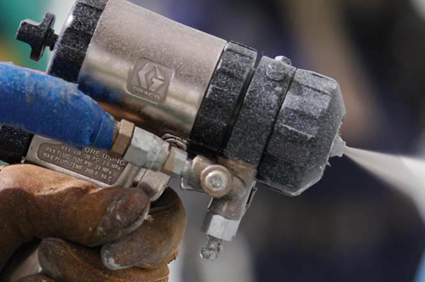 This article features a selection of common problems applicators have experienced with the Fusion Air Purge spray gun along with the cause and solution.
This article features a selection of common problems applicators have experienced with the Fusion Air Purge spray gun along with the cause and solution.
Probler P2 Trouble Shooting
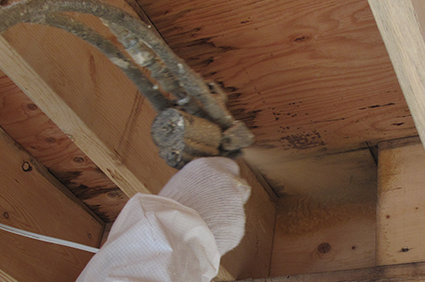 This article features a selection of common problems applicators have experienced with the Probler P2 spray gun along with the cause and solution.
This article features a selection of common problems applicators have experienced with the Probler P2 spray gun along with the cause and solution.
Probler P1 Trouble Shooting
 This article features a selection of common problems applicators have experienced with the Probler P1 spray gun along with the cause and solution.
This article features a selection of common problems applicators have experienced with the Probler P1 spray gun along with the cause and solution.
Application Articles
Blister & Pinhole Troubleshooting
 When applying fast set coatings the cause of blisters and pinholes can be difficult to diagnose. You may spray the coating system for an extended period of time and never experience a blister or pinhole.
When applying fast set coatings the cause of blisters and pinholes can be difficult to diagnose. You may spray the coating system for an extended period of time and never experience a blister or pinhole.
The Importance of Mixing
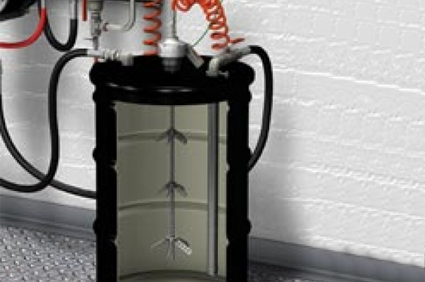 The proper mixing of polyurethane or polyurea coatings is one of the most important aspects of applying a fast set coating and insuring a quality coating with long lasting performance.
The proper mixing of polyurethane or polyurea coatings is one of the most important aspects of applying a fast set coating and insuring a quality coating with long lasting performance.
Fan Selection Guide
 Several things to consider before selecting a fan for your spray booth are spray booth size, direction of draft, airflow requirements, duct diameter and length, and static pressure.
Several things to consider before selecting a fan for your spray booth are spray booth size, direction of draft, airflow requirements, duct diameter and length, and static pressure.
Polyurethane & Polyisocyanurate Foams
 Today, nearly 40 percent of our energy is used to heat, cool and operate our homes and buildings. Energy lost through walls, roofs and windows is the largest single waste of energy in most buildings.
Today, nearly 40 percent of our energy is used to heat, cool and operate our homes and buildings. Energy lost through walls, roofs and windows is the largest single waste of energy in most buildings.
Spray Foam Blisters
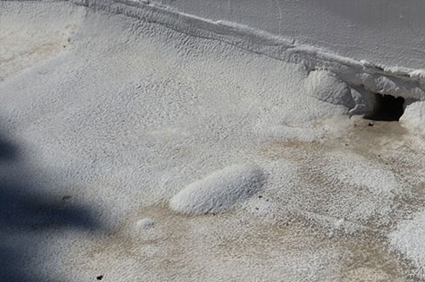 In this document we will examine the types of SPF blisters, their causes, methods to prevent their formation and recommended repair methods.
In this document we will examine the types of SPF blisters, their causes, methods to prevent their formation and recommended repair methods.
SPF In Attics and Crawl Spaces
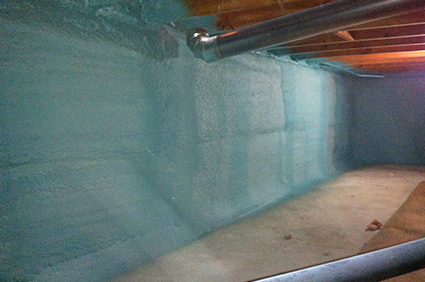 One of the largest growing uses of spray foam insulation is in residential attics and crawl spaces. As with all other foam applications, this use is regulated by building codes to assure that occupants are properly protected.
One of the largest growing uses of spray foam insulation is in residential attics and crawl spaces. As with all other foam applications, this use is regulated by building codes to assure that occupants are properly protected.
Bedliner Step By Step
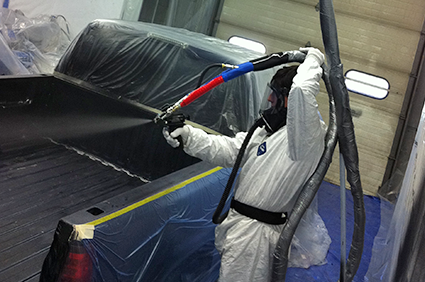 In this article we will be looking at the process of applying a spray on truck bedliner using a high pressure spray system. High pressure spray systems are a reliable and cost effective solution for applying spray on bedliners.
In this article we will be looking at the process of applying a spray on truck bedliner using a high pressure spray system. High pressure spray systems are a reliable and cost effective solution for applying spray on bedliners.
Spray Over A Bedliner
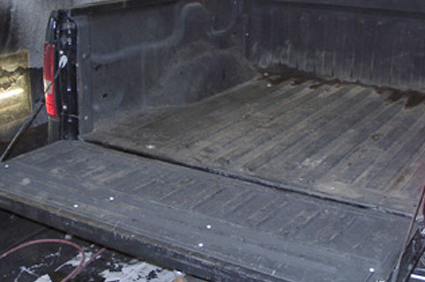 Guide to spraying a new bed liner over an existing aged or damaged truck bed liner. While we have focused on re-coating truck beds, these steps may also be used to spray over other aged or damaged coatings.
Guide to spraying a new bed liner over an existing aged or damaged truck bed liner. While we have focused on re-coating truck beds, these steps may also be used to spray over other aged or damaged coatings.
Setting up for Bedliners
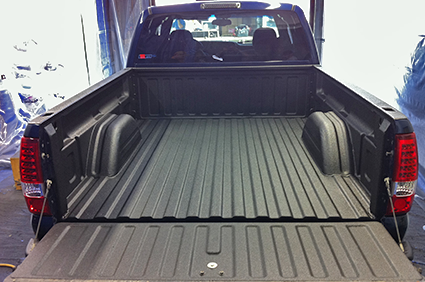 With profit margins often ranging from 150 to 250 percent over product cost, and the consumer interest steadily growing each year, the spray-on bed protection market offers restylers an attractive way to create an additional profit center.
With profit margins often ranging from 150 to 250 percent over product cost, and the consumer interest steadily growing each year, the spray-on bed protection market offers restylers an attractive way to create an additional profit center.
Safety Articles
Fire Safety Guidelines For Foam
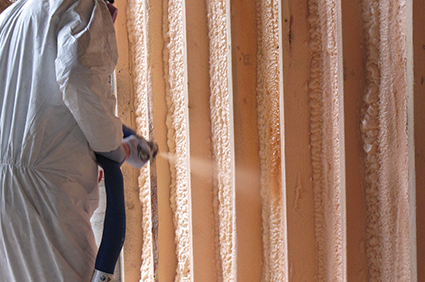 Depending on the chemical formulation and other product composition factors, combustibility characteristics of polyurethane or polyisocyanurate foams vary widely, as do those of other organic materials.
Depending on the chemical formulation and other product composition factors, combustibility characteristics of polyurethane or polyisocyanurate foams vary widely, as do those of other organic materials.
Protective Clothing Selection
 This technical bulletin presents useful guidelines for selecting the appropriate personal protective equipment (PPE) for working with methylene diphenyl diisocyanate (PMDI) and PMDI-based foam systems.
This technical bulletin presents useful guidelines for selecting the appropriate personal protective equipment (PPE) for working with methylene diphenyl diisocyanate (PMDI) and PMDI-based foam systems.
Working With MDI
 The Alliance for the Polyurethanes Industry, prepared this guide to remind professionals like yourself about important health and safety aspects of working with MDI or polymeric MDI.
The Alliance for the Polyurethanes Industry, prepared this guide to remind professionals like yourself about important health and safety aspects of working with MDI or polymeric MDI.
Model Respiratory Protection Program
 This program was developed to help protect employees from respiratory hazards during truck bed lining applications. The program provides guidance on appropriate respirators, respirator use, storage, fit and evaluation.
This program was developed to help protect employees from respiratory hazards during truck bed lining applications. The program provides guidance on appropriate respirators, respirator use, storage, fit and evaluation.
Bedliner Exposure Control Guidelines for High Pressure Systems
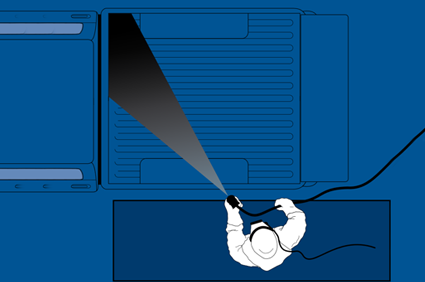 These Guidelines have been prepared to provide general information and to explain the precautions and practices associated with the safe handling of MDI in the truck bed lining (TBL) industry during high pressure system applications.
These Guidelines have been prepared to provide general information and to explain the precautions and practices associated with the safe handling of MDI in the truck bed lining (TBL) industry during high pressure system applications.
Bedliner Exposure Control Guidelines for Low Pressure Systems
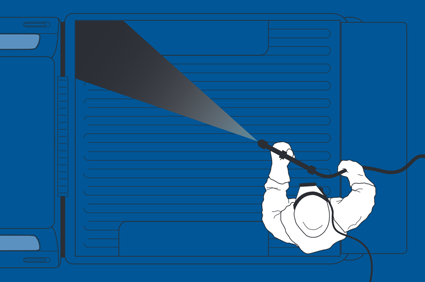 These Guidelines have been prepared to provide general information and to explain the precautions and practices associated with the safe handling of MDI in the truck bed lining (TBL) industry during low pressure system applications.
These Guidelines have been prepared to provide general information and to explain the precautions and practices associated with the safe handling of MDI in the truck bed lining (TBL) industry during low pressure system applications.
Worker Protection In Bedliner Applications
 Truck bed lining products have protected vehicles from wear and tear over many years. This article addresses worker protection during the application of spray-on truck bed liners.
Truck bed lining products have protected vehicles from wear and tear over many years. This article addresses worker protection during the application of spray-on truck bed liners.
Safety Resources
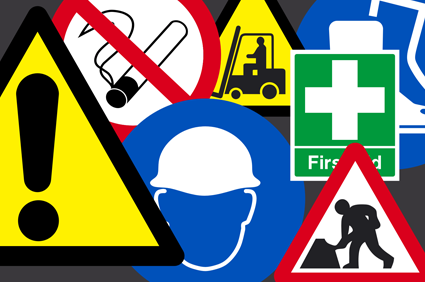 When you want an in-depth perspective on safety topics, the organizations listed here can provide valuable answers with reliable, conclusive reference information.
When you want an in-depth perspective on safety topics, the organizations listed here can provide valuable answers with reliable, conclusive reference information.
Estimating Tools
SPF Estimating Reference Guide
 Compiled by the SPFA Technical Committee to include just about anything that could accept an SPF application. 64 pages of tables and calculations galore to assist your estimator and make his/her job easier and more accurate.
Compiled by the SPFA Technical Committee to include just about anything that could accept an SPF application. 64 pages of tables and calculations galore to assist your estimator and make his/her job easier and more accurate.
Coatings Estimator
 The coatings estimator is a free tool to assist applicators in determining the amount of material required to coat a specified area at a certain thickness.
The coatings estimator is a free tool to assist applicators in determining the amount of material required to coat a specified area at a certain thickness.
Conversion Chart
 Find standard conversion factors in this easy to use conversion table of common units and measurements.
Find standard conversion factors in this easy to use conversion table of common units and measurements.

